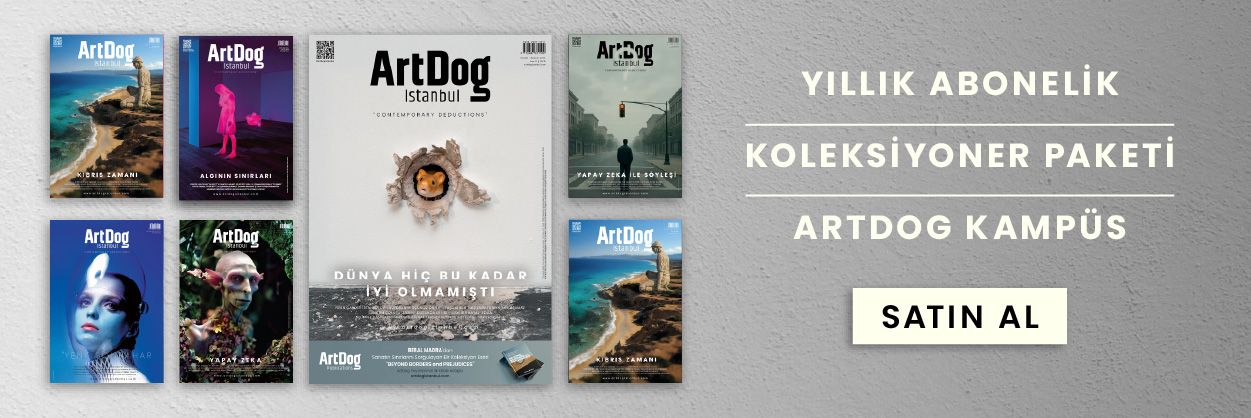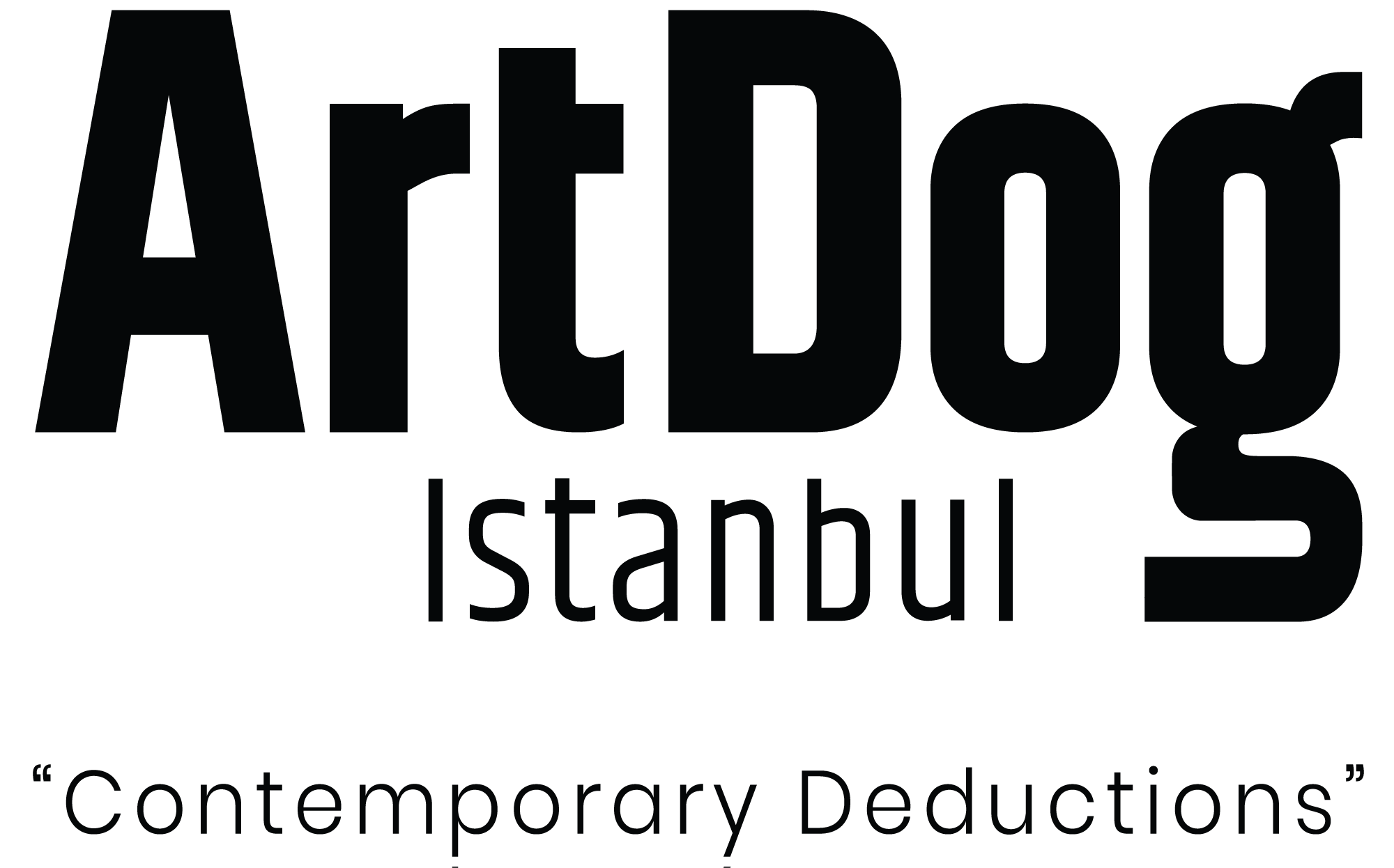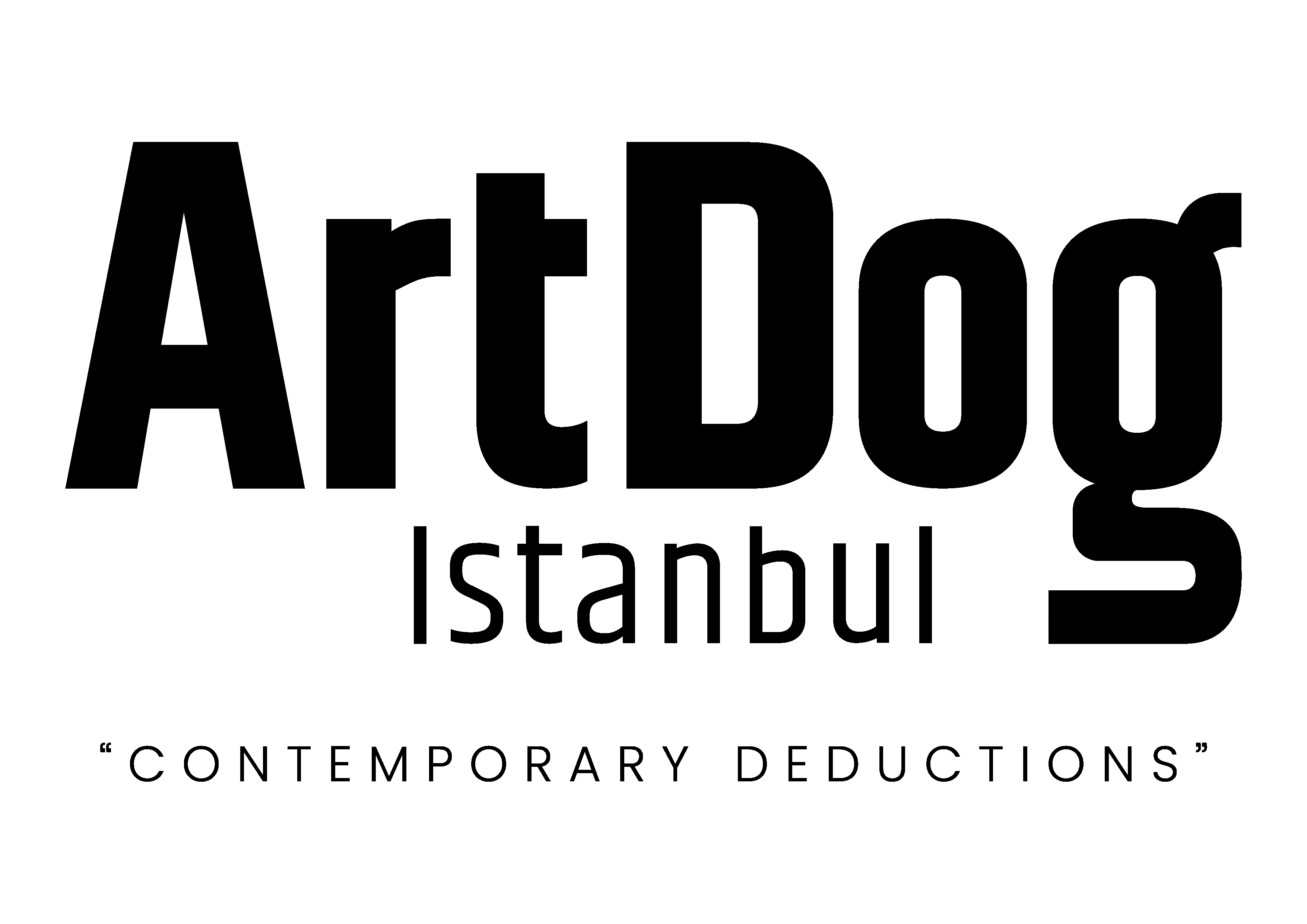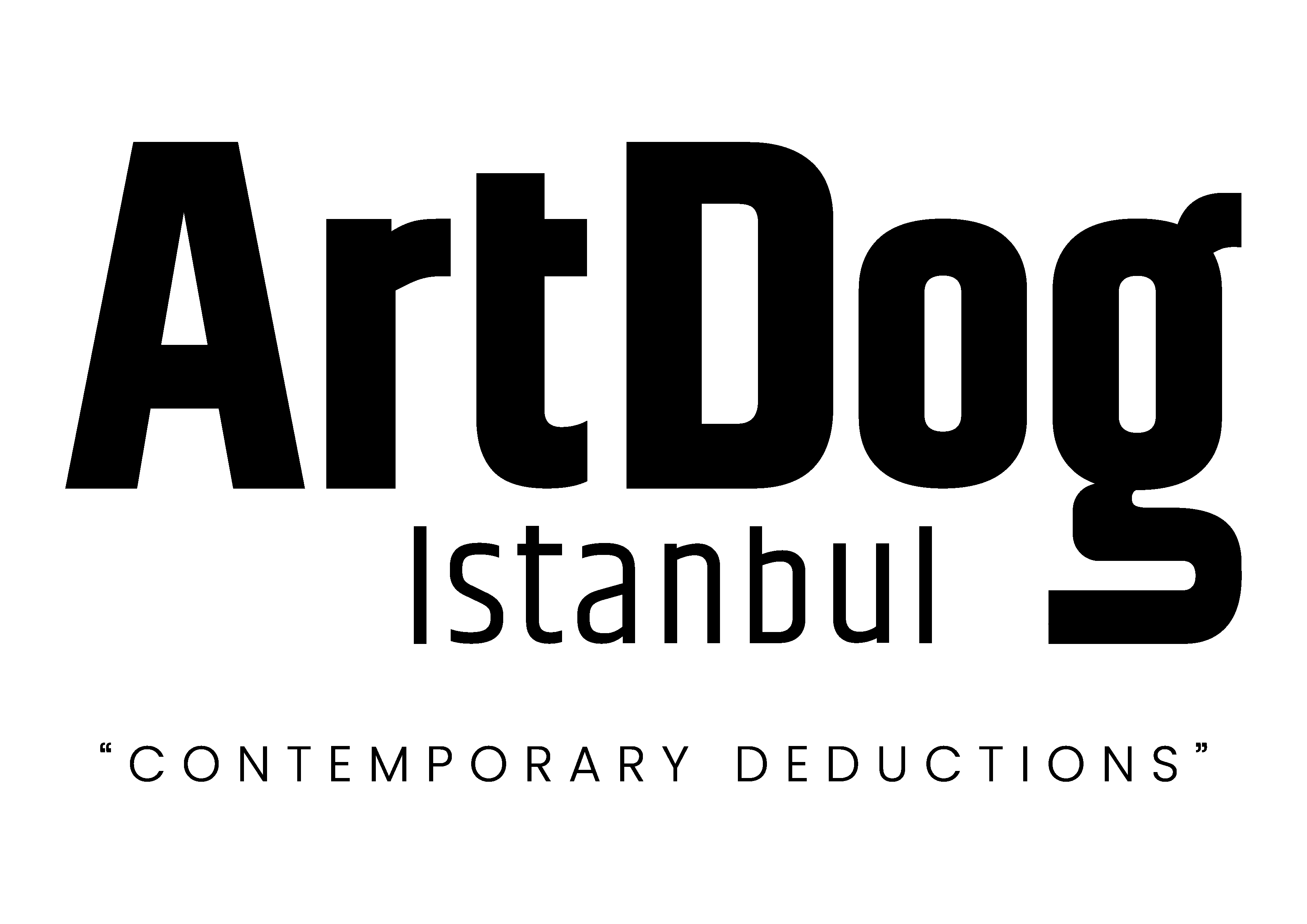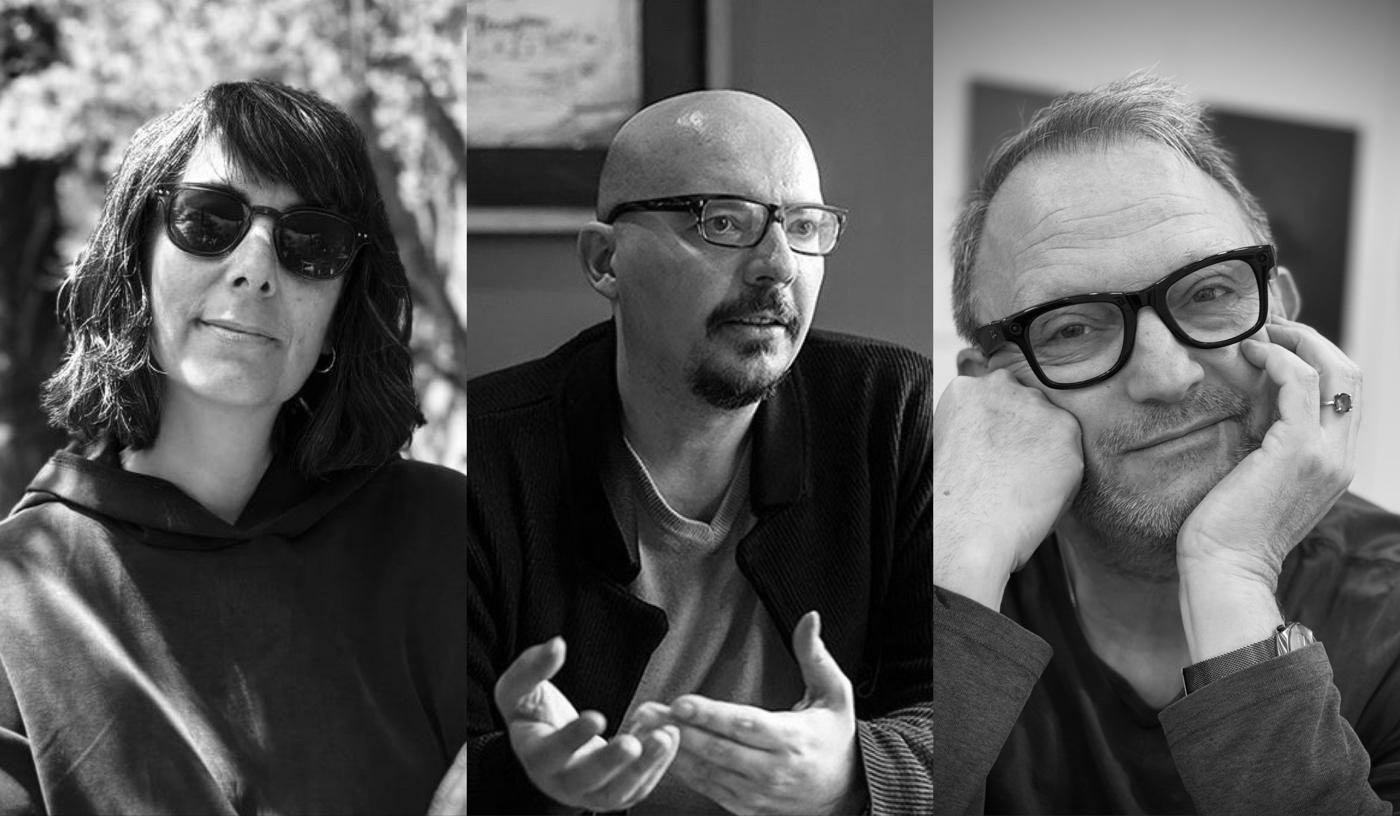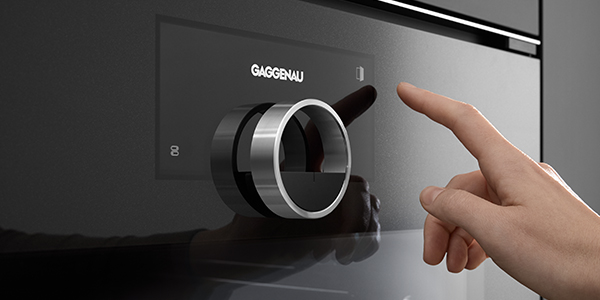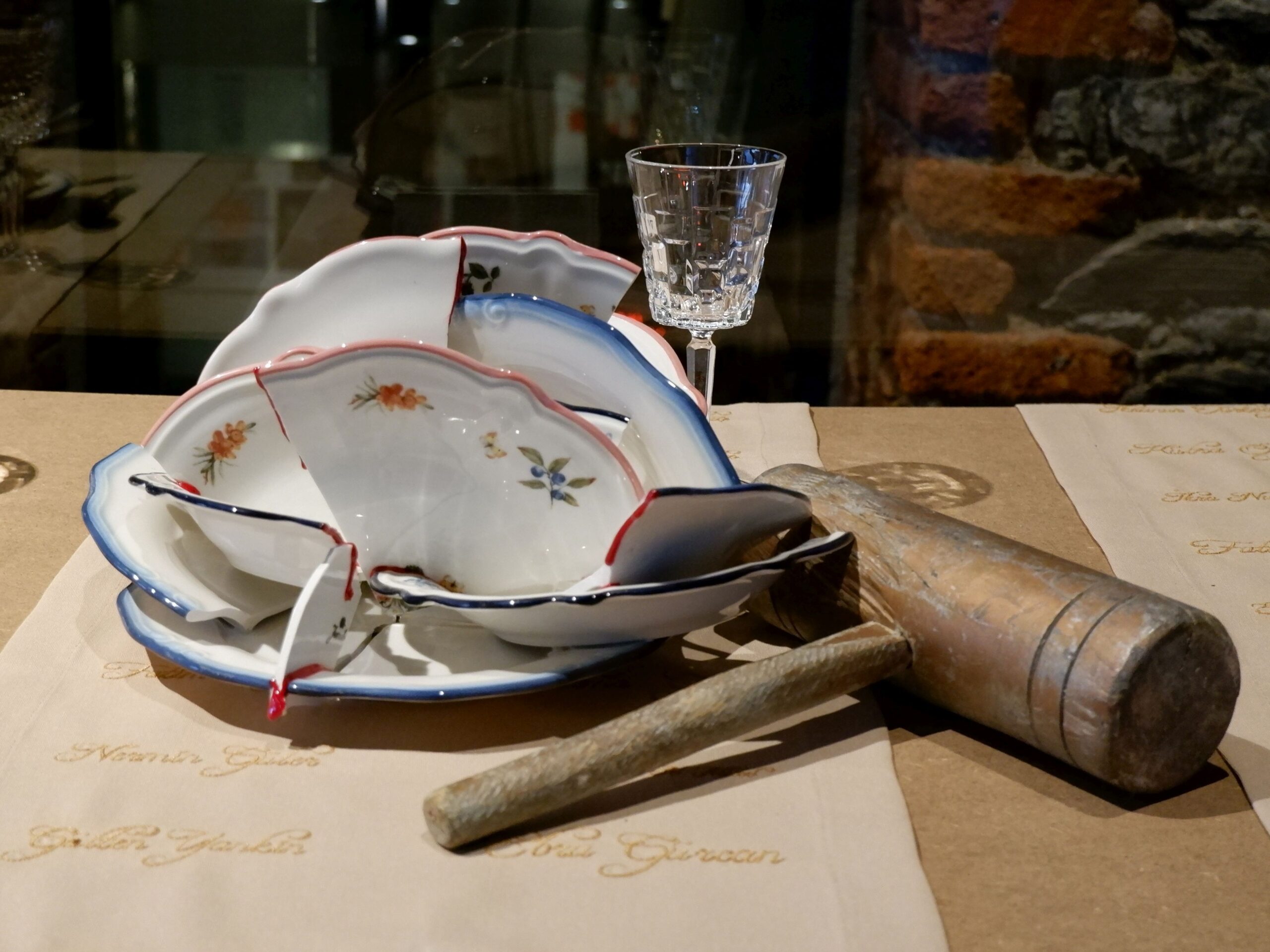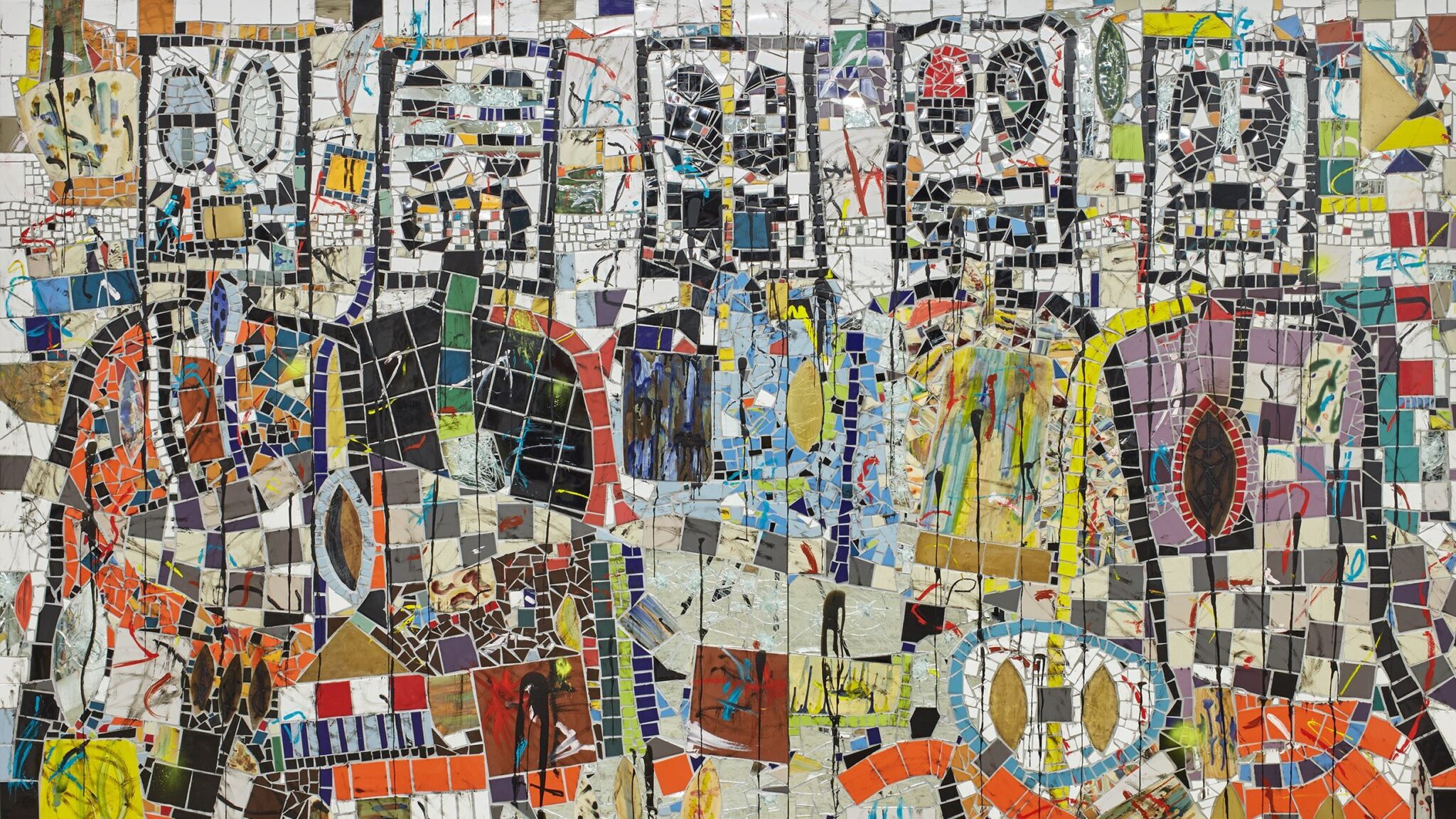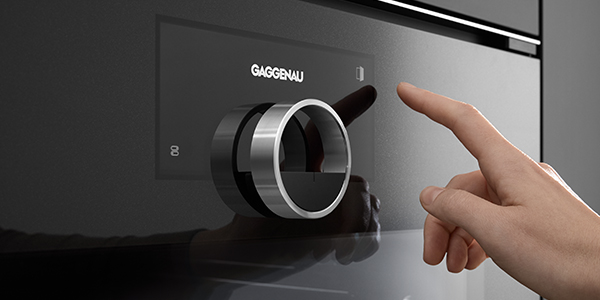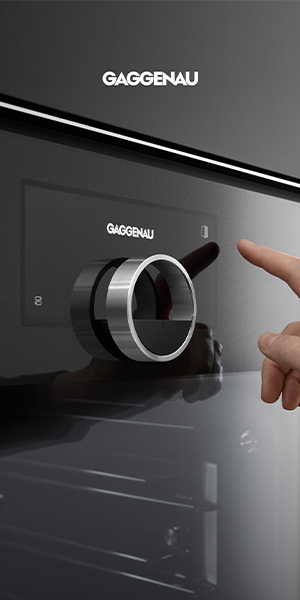How does art exist in the shadow of social ruptures, economic squeezes, political pressures, restrictions on freedom of expression or personal anxieties? Does art lose its meaning or change its function in difficult times? Is producing and presenting art only a form of resistance or is it also a space of witnessing and transmitting?
As ArtDog Istanbul, in this series of inquiries, we asked how art is shaped in times of heavy agenda and difficult conditions, the motivations of artists and art workers for production and how they establish the balance between aesthetics and ethics in this process.
The first guests of our ongoing investigation series are Çağla Köseoğulları, Süreyyya Evren and Alp İşmen.
Çağla Köseoğulları: “Art gives me a space to breathe in this chaos.”
The relationship I have with art, together with the ruptures, pressures and uncertainties in life, affects and transforms the things I do and will do. Everything that happens in the society – economic contractions, political squeezes, moments when freedom of expression is narrowed – inevitably leaves a mark on me. This mark is reflected in the things I make. For me, art is not just a field of production; it is a field where I can look at what is happening from the inside, from an emotional place, where I can search for meaning.
Sometimes I just look at what is happening outside without taking refuge in words or images, but at the same time I stand at a distance; I try to understand rather than act. And even that look can sometimes be the beginning of something.
“Sometimes I Just Try to Exist.”
In challenging times, my desire to produce can sometimes be broken. That motivation that I try to keep inside me is not easily fed from the outside. As life gets tighter and tighter, as the struggle to make ends meet takes precedence over everything else, as areas of expression are restricted… it becomes very difficult to keep that spark alive within myself. Sometimes I just watch, sometimes I try to understand, sometimes I just try to exist. What we call production seems to be suspended in those periods.
When these pauses are prolonged, I realize that the spaces of expression within me shrink over time. This is not just an individual struggle; it’s like a collective blockage. Sometimes I can’t even figure out what I’m feeling, I don’t know what I want to say. I just stand in this confusion. But at the same time, I know that something sprouts in these pauses. New ways, new forms of expression, new meanings emerge spontaneously.
“And this testimony is not only a form of resistance; it also means keeping, transmitting, and sharing memory.”
I often ask myself the following question: What is the meaning of art when there are so many difficulties, when our basic rights are being taken away one by one, when we are trying to hold on to life? What does it do? I don’t have definite answers, but deep down I feel that art gives me a breathing space in this chaos. It helps me to realize my feelings, to make visible the places where I have difficulties. While I am trying to express myself, I am also witnessing what I have been through. And this witnessing is not only a form of resistance; it also means keeping memory, transmitting, sharing.
In difficult times, the meaning of art is not lost; it only changes its form. Sometimes it is an open resistance, sometimes a silent trace, sometimes just an emotion that sustains me. The field of expression may narrow, but it expands again over time. And each time I can find a new path for myself in this transformation.
Süreyyya Evren: “But maybe the Great Resistance is the Field of Testimonies and Transmissions, who knows…”
Looking only at the present can lead to emotions clouding the analysis, because our tendency to interpret the present with emotions is strong, moreover, it may force us to put assumptions ahead of fact-following. Let’s go more concretely, that is, let’s ask “how did it happen?” rather than “how could it happen?” and try to understand what art has done and experienced in difficult times by looking at the last 23 years of the contemporary art scene in Turkey. What has art done “in the shadow of social fractures, economic squeezes, political pressures, restrictions on freedom of expression or personal concerns”? Let’s leave 23 years behind and take a look at the period after Gezi. How possible is it to look at the production, exhibition texts, publications, works and discussions of the last 10-12 years to get an idea of what the country has been going through in this 10-year period – let alone resisting it? The future art historian who will embark on such an examination should not conclude that artists only experienced difficulties during the pandemic and the economic crisis? It is easy to keep saying political pressure, but the historian will look at which works were censored during this period, for example, which artists talked about self-censorship and how they talked about what they could not express while describing their new projects. What will he find? I see that literature, theater, and especially cinema are making efforts to produce responses to difficult times, to bear witness, to understand why and how events unfolded the way they did in this place through artistic forms. Where is this desire in art, where is the shouldering of the beyond?
“What kind of an evil society is this, it must be ingrained in us, it can’t be outside of us, if it is so embedded in our culture…”
Let me try to make a simple summary from my point of view: In Turkey, we as the opposition are not based on an ideological differentiation and unity, even if we are from different ideologies, what holds us together in opposition is basically an ethical bond. Even if it is in quotation marks, there seems to be a unity of those who want to be “better” against the unity of those who see no problem in remaining “bad”. Otherwise, the opposition bloc includes groups from many different ideologies, but this is what we have in common, we are ‘those who want to be better’ in one way or another. However, if half of the society adopts the values and practices that we call “bad” so strongly, enough to win the 2023 elections, for example, the following questions arise: What kind of a society of evil is this, if it is so much a part of our culture that it must be ingrained in us, it cannot be outside of us, then what kind of life, what kind of practices (including our own) does it emerge from? Could political art, for example, wonder about this – cinema does, and scrutinizes our evil. When we talk about activist or political art gesture/action or practice in art, today it is more like pulling out politically recognized (in the sense of ‘recognition’ as in the recognition of countries) drawers and leaving letters of application in them.
“We cannot see anything that happened in the art of the last 10 years…”
What our art has brought to the table in the last 10 years is neither domestic interiors, nor the increasing number of deaths during working hours (so-called occupational homicides), nor the daily states of poverty, nor the states of crime, nor the renewed provinces and expanding cities, nor the effects of tiktok and others on culture, nor the different presence of nationalism today, which is empty (that is, not necessarily ideological but symbolic), nor this or that… It would take too long to elaborate, but in short, we can’t see anything significant that has happened in the art world over the last 10 years… Then it is possible to summarize what art is in difficult times by looking at the last 10 years, without any need for speculation: “are you in the right exhibition?” ‘are you in the right position, are you on the right side, do you support the right thing, does the right place support you, are you in the right place?’ because those who believe they have the monopoly on political criticism do not believe in the political value and impact of artworks. “ but not so much “what do you produce?” and the artist learns that focusing not on what he or she produces, but on how to keep it in circulation will register him or her as having witnessed and reacted politically, and tries to figure out what to do with this knowledge? Maybe. But maybe it is a space of great resistance, witnessing and transmitting, who knows…
Alp İşmen: “Producing Art, Living Art as the Purest Action is a Political Attitude.”
Why and how does the artist produce? Since I am far from being an academic, these two questions haunted me according to my own subjective opinion.
“An artist who is going through a difficult time rises out of the confinement he is experiencing with the fire burning inside him, even if it is difficult, with his production.”
Has there ever been an easy time for the artist, since works have been called art? One more question! Producing art, living art as the purest act is a political attitude. I think an artist going through hard times will definitely rise from the challenging situation with the fire burning inside them, even if it makes their production difficult.
Resistance to the perpetrators of hard times through art has existed and will exist in every era with protest attitudes. Nazım Hikmet’s poetry is one of the world’s strongest examples of this resistance. Likewise, I would like to mention George Grosz, a pioneering figure in political art, as an example. He produced grotesque paintings denouncing the bourgeoisie, militarism and the regime in post-Weimar Nazi Germany. Otto Dix, Käthe Kollwitz, Ernst Ludwig Kirchner can be added to these.
Ahmet Arif, Yılmaz Güney, Ferhan Şensoy, Ahmet Kaya, Selda Bağcan, Hafriyat Group, Erinç Seymen and all art workers are the souls who continued their production with their protest attitude in different periods of our country.

